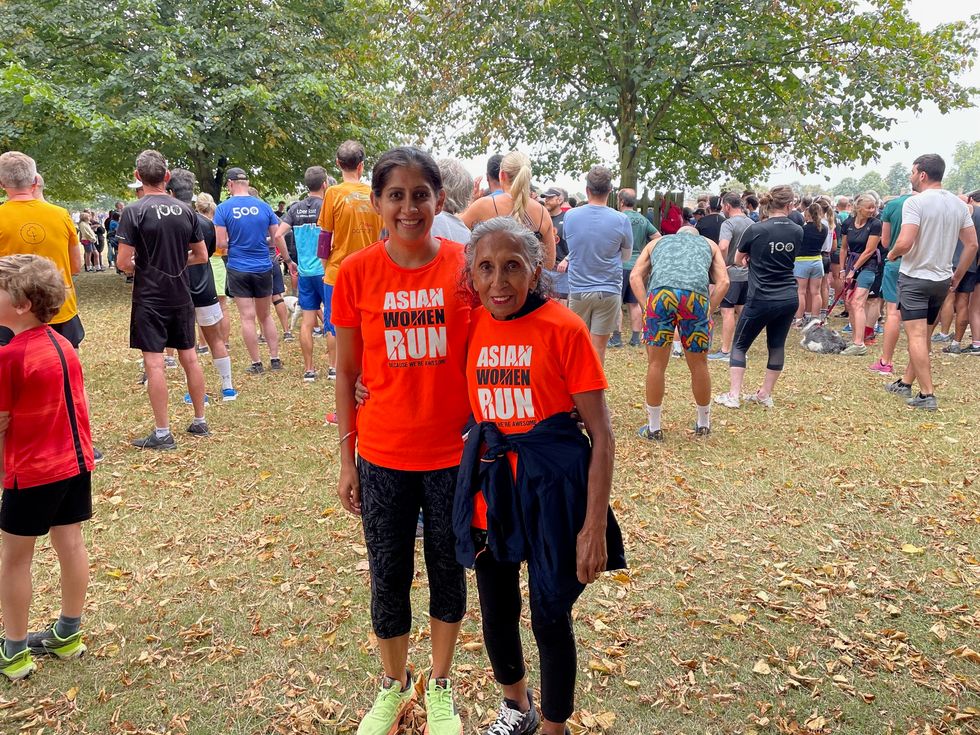According to research published in The Lancet Haematology, new data covering three decades (1990–2021) of global anaemia data revealed that in 2021, twice as many women compared to men were found to have anaemia.
The prevalence factor was more than three times higher in women during their reproductive age. The study reported that nearly 2 billion people were affected by anaemia in 2021.
Regionally, the highest anaemia prevalence was observed in Western sub-Saharan Africa (47.4%), South Asia (35.7%), and Central sub-Saharan Africa (35.7%).
Further, the study conducted by the Institute for Health Metrics and Evaluation (IHME) in the US, along with its Global Burden of Disease anaemia collaborators, revealed that women and children exhibited slower rates of progress in comparison to men.
"We know the global picture around anaemia has improved, but there are still wide disparities when you narrow the focus on geography, gender, and age," said Nick Kassebaum, senior author of the study.
Globally, in 2021, 31.2 per cent of women had anaemia compared with 17.5 per cent of men. Comparing men and women in their reproductive ages, anaemia prevalence in women was 33.7 per cent versus 11.3 per cent in men.
The researchers modelled 37 underlying causes for anaemia, which they said were important for clinicians to treat in parallel to the anaemia itself.
"We hope they use these data to design more comprehensive intervention and treatment plans, especially for the most vulnerable - women of reproductive age, children, and the elderly," said Kassebaum.
According to Will Gardner, an IHME researcher and lead author of the paper, the better performance of adult men compared to women aged 15–49 and children under 5 years is influenced by factors such as access to nutrition, socioeconomic status, unmet need for contraception, and the ability to identify and treat underlying causes of anaemia.
The study found that dietary iron deficiency was the primary cause of anaemia in 2021, accounting for 66.2% of the total cases.
However, the research also highlighted that many other conditions contribute significantly to the burden of anaemia, alongside insufficient iron intake.
Among women of reproductive age, gynaecological disorders and maternal hemorrhage were identified as significant contributors to the prevalence of anaemia.
"For many young women and girls, there's an education gap about blood loss during menstruation, inadequate options for effectively managing menstrual problems in those who have them, and not enough knowledge about how to manage and/or reverse anaemia when it occurs," said Theresa McHugh, scientific writer at IHME.
Previous studies have shown anaemia to be associated with increased rates of anxiety and depression and higher rates of preterm labour, postpartum hemorrhage, low birthweight, short gestation, stillbirth, and infections for both the child and the mother.
For children younger than 5 years, the main cause of anaemia was dietary iron deficiency, but hemoglobinopathies (presence of abnormal blood proteins), other infectious diseases, HIV/AIDS, and malaria were also important contributors in geographic locations where these diseases are prevalent.
"This (study) speaks to the need for a shift to multisectoral approaches and improved cultural awareness to make sure women and children are not left behind," said Gardner.
(With inputs from PTI)

















 A cookery theatre presented by television chef Parveen the Spice QueenRFMP
A cookery theatre presented by television chef Parveen the Spice QueenRFMP The mela will feature live music, street food, cookery demos, fashion stalls, and a funfairRFMP
The mela will feature live music, street food, cookery demos, fashion stalls, and a funfairRFMP


 Charithra Chandran styled her hair in soft curls for the Ralph Lauren outfitInstagram/
Charithra Chandran styled her hair in soft curls for the Ralph Lauren outfitInstagram/ Charithra’s look was inspired by her character Edwina Sharma from BridgertonInstagram/
Charithra’s look was inspired by her character Edwina Sharma from BridgertonInstagram/